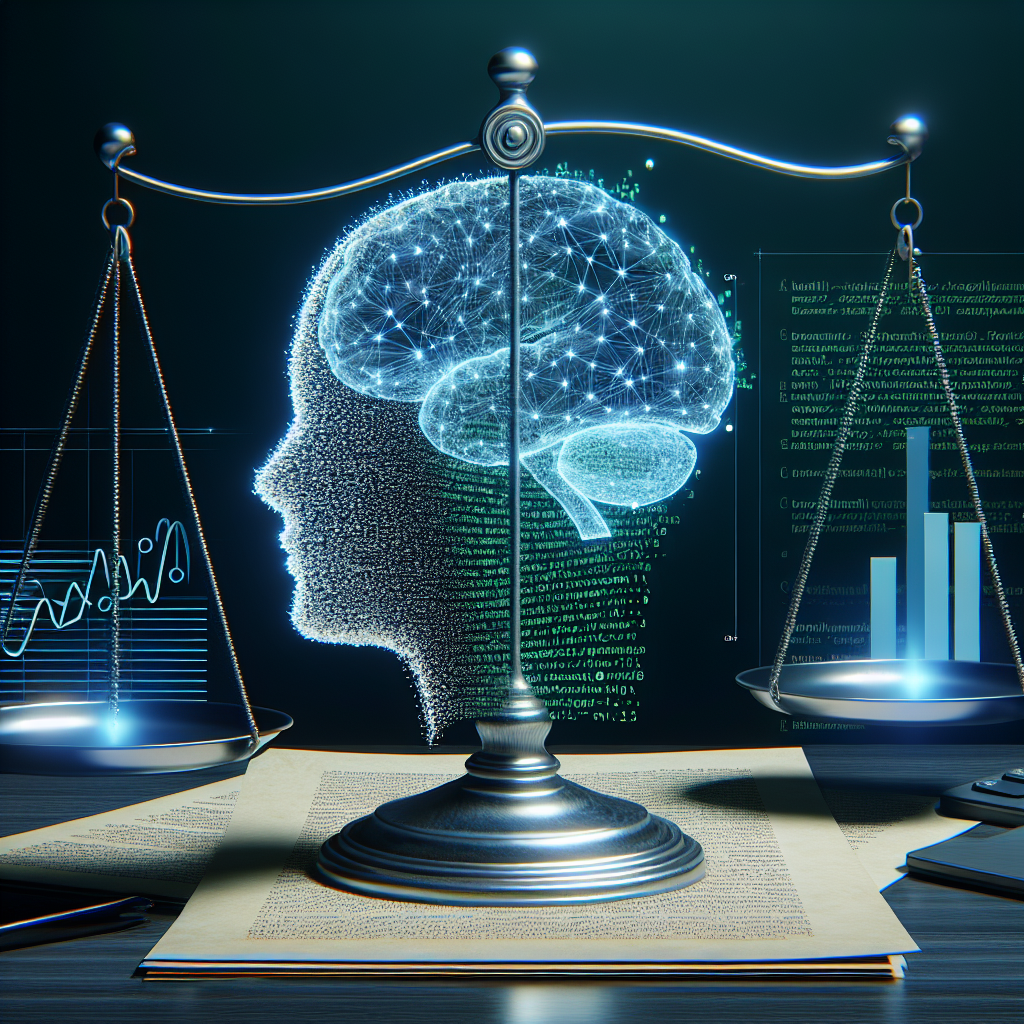Understanding the Role of AI in Web Copy Optimization
Artificial Intelligence (AI) has become an indispensable tool for digital marketers aiming to optimize website copy for higher conversions. From tailoring personalized messages to fine-tuning content based on real-time user data, AI empowers web copy to resonate more effectively with audience segments. By analyzing large datasets, AI systems can identify which narratives, tones, or calls-to-action (CTAs) are most impactful in turning visitors into customers.
How AI Enhances Conversion-Focused Copywriting
AI technologies can significantly improve the effectiveness of your web copy by:
- Analyzing User Behavior: AI tools such as heatmaps and user tracking software gauge how readers interact with your webpages, providing insights into what works and what doesn’t.
- Generating Copy Variants: AI-powered solutions like GPT-4 can produce multiple versions of headlines, CTAs, or product descriptions, giving marketers numerous options to A/B test.
- Real-Time Personalization: AI can dynamically change web copy depending on the visitor’s behavior, location, time of visit, or historical data.
Leveraging AI Tools for Data-Driven Insights
To optimize web copy, AI tools collect and interpret data to reveal the success of specific content elements. Tools like Google Optimize, Surfer SEO, and ChatGPT assist in pinpointing which sentences encourage user interaction and which ones might need rephrasing. By continuously monitoring metrics like bounce rate, average session duration, and conversion percentages, marketers can use these insights to iteratively improve their copy.
Personalization at Scale
One of AI’s most powerful applications is personalization. Instead of writing generic web content, AI allows brands to deliver hyper-relevant messages by:
- Segmenting users based on demographics or behavior
- Automating content changes for returning visitors
- Incorporating dynamic CTAs that adjust based on buyer intent or funnel stage
For example, an e-commerce store can show different homepage messaging to a first-time visitor compared to a returning customer with items in their cart, ultimately improving the chance of conversions.
Using AI to Optimize for SEO and Conversions Simultaneously
Well-optimized web copy must balance two critical needs: ranking well on search engines and compelling users to take action. AI helps bridge this gap by offering:
- Keyword Integration: AI can suggest contextually appropriate keywords that align with user search intent while maintaining natural readability.
- Content Structuring: Tools can rephrase content to follow best practices for both SEO and human appeal, including clear headings, bullet points, and direct CTAs.
- Sentiment Analysis: AI evaluates tone and emotional resonance, ensuring that the copy speaks genuinely to its target audience.
Best Practices for Implementing AI in Web Copywriting
To get the most out of AI-optimized web copy, follow these best practices:
- Start with human-written drafts to ensure authenticity and brand voice.
- Use AI to enhance, not replace, your content—edit suggestions critically.
- Continuously test and iterate using A/B and multivariate testing frameworks.
- Monitor KPIs like conversion rate, time on page, and click-through rate (CTR).
Conclusion: AI as a Strategic Partner in Conversion Copywriting
Embracing AI for web copy optimization doesn’t mean losing the human element—it means enhancing it. By combining AI’s analytical and personalized capabilities with human creativity and emotion, marketers can craft compelling copy that not only attracts traffic but also drives conversions. With ongoing advancements in AI technologies, the future of web copywriting is not just intelligent—it’s transformational.







